Ohio Senate passes Farm Bureau Health Plans legislation
SB 100, championed by Sen. Susan Manchester, would offer farm families access to affordable, personalized health care plans.
Read MoreCrop harvest for 2020 is about 99% complete locally. There may be isolated fields of corn still standing, but they are few and what is left may not be worth much. Heavy snows of December did put a few fields down and made them difficult to get with the combine. There should be some loss in those fields.
Reflecting over this past season, generally it was a successful one: Good planting conditions, a favorable growing season and fairly good harvest time. So cropwise, we can chalk the year up to being a good one overall.
According to Farm Journal, farmers do need to check field losses to be sure the combine was working right. They say a loss of two kernels per square foot becomes one bushel lost of corn per acre. With soybeans, four beans per square foot is a bushel lost per acre. Efficient combine operation is important.
Variations in yields also occurred depending on fertility levels of the soil. Fields with exceptional yields were fields that were expected to have top yields because of fertility levels in those fields. Also, August rains were variable and those fields that got at least an inch per week had the best yields.
Another interesting event was price improvement in the fall during harvest time. Usually, prices tend to drop to the lowest levels when corn and beans are being harvested and bins tend to be full. But this fall, both crops reached their highest levels for the year during the weeks of harvest. Much of the reason for this apparently was a strong export market and poor yields in South America.
At times during the weeks in September and October, major grain elevators had to stop taking corn because they couldn’t handle the volume that was coming in. When their bins get full, they have to truck out grain to major terminals to make room for more. Some may go to the Ohio River to be shipped to major processors on the river.
Overall, most grain farmers will take another year like 2020.
Another interesting development that affected dairy farmers was the increased sale and use of butter. American families stayed at home more than usual this past year because of the COVID-19 virus. This has resulted in an uptick in home baking and cooking. This has resulted in more butter being used as families learned to enjoy the quality and taste of real butter in their cooking.
Butter use has been on a slow decline for about four decades. In the early 2000s, it started to increase in popularity and use. It finally regained its spot above margarine consumption in 2005.
One major dairy cooperative said its net earnings increased in the third quarter of 2020 because of the surge in retail butter sales. They expect butter sales to increase more than 20 percent last year, thanks to improved retail demand.
The boom in retail demand prevented butter from being stored this summer, which is the slowest baking season. Usually, butter is stored during the slow months of July and August. Then it is brought out and sold during the holiday times. This was not the case this year because it was being sold as fast as it was being made.
Shoppers have also been tending to avoid the lower quality found in margarines.
In so many ways, the year 2020 has been different than any we have ever experienced.
Submitted by John Parker, an independent writer for the Tribune Chronicle and various farm organizations.
OFBF Mission: Working together for Ohio farmers to advance agriculture and strengthen our communities.


SB 100, championed by Sen. Susan Manchester, would offer farm families access to affordable, personalized health care plans.
Read More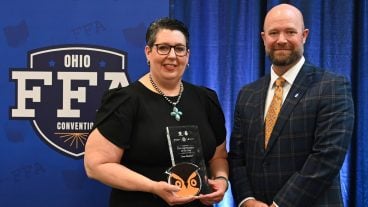

March is National Agriculture Month and in today’s world, agricultural education and awareness is needed more than ever. Hear from two of Ohio’s top ag educators.
Read More
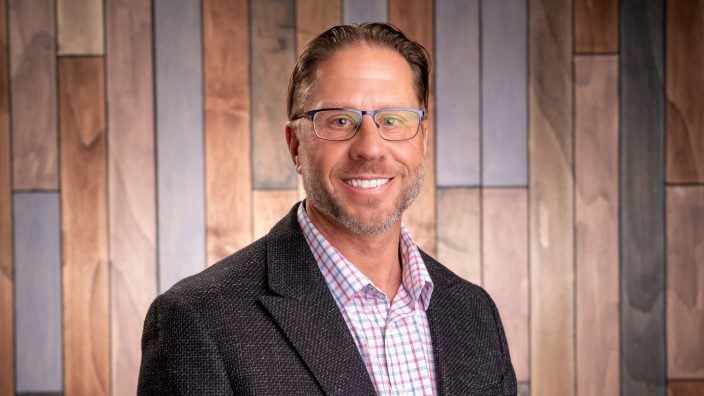
Brent Nemeth of Rayland/Dillonvale will serve members in Carroll, Harrison, Jefferson and Tuscarawas counties.
Read More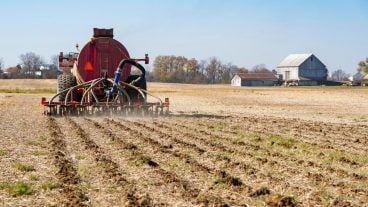

Current Agricultural Use Value is often discussed as a farmland preservation tool, but there are some other tools in the law that landowners can consider.
Read More
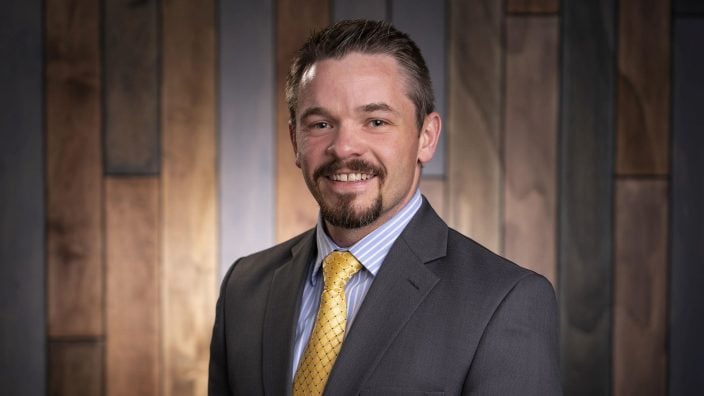
Trevor Kirkpatrick will help design, coordinate and implement member-focused health benefits programs.
Read More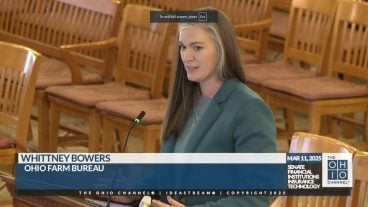

SB 100 will allow Ohio to join the existing network of state Farm Bureaus participating in Farm Bureau Health Plans, which is an alternative health plan that has been serving Farm Bureau members since 1993.
Read More

Over three days, participants heard from experts and, in turn, voiced their thoughts on topics as far reaching as the farm bill to trade to taxes.
Read More

The ExploreAg program is free to all high school students. The deadline to apply is April 30 at exploreag.org.
Read More

The award recognizes successful young agricultural professionals who are actively contributing and growing through their involvement with Farm Bureau and agriculture.
Read More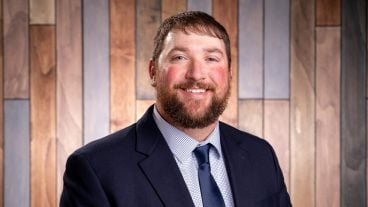
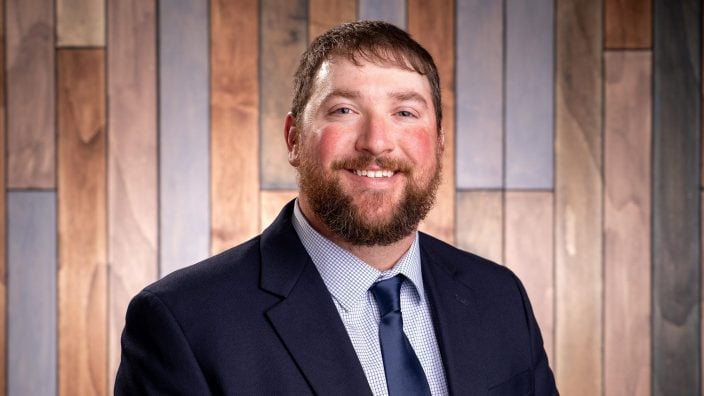
Will Minshall currently farms in a partnership with his family as an 8th generation grain farmer and a 1st generation cattle farmer in Pickaway County.
Read More